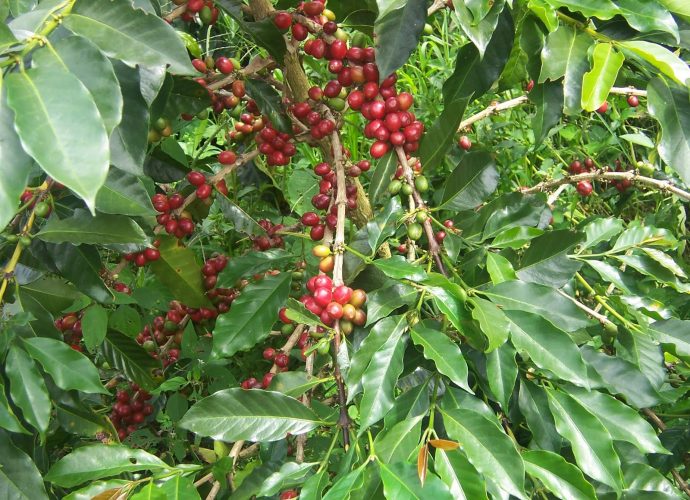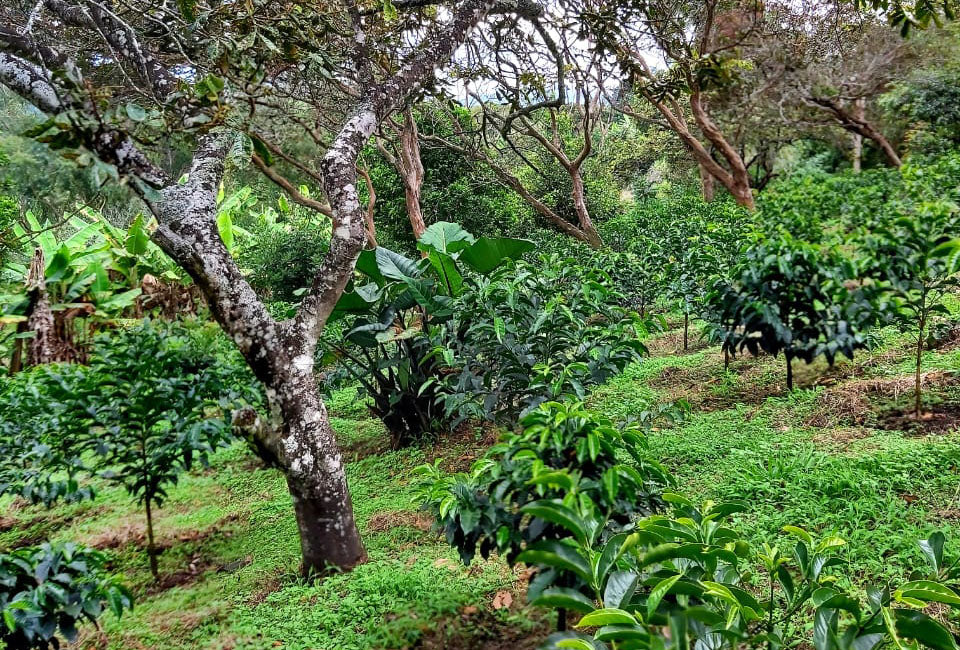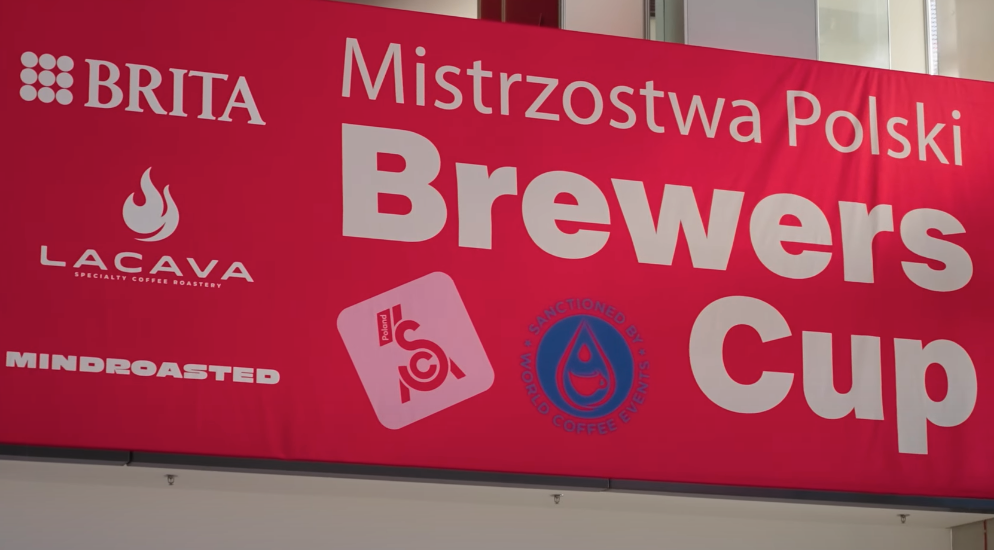[ Published with courtesy and permission by Rick Barrends (The Coffee Attendant) as a localized article. Original article and location is found here ]
[ A followup to the article covering True Development Cost (TDC) is found here ]
We need to talk about your expectancy of what coffee should cost, and why your expectancy needs to change. We are going to dive into the fact that this Customer Expectancy Price is sending children to bed on an empty stomach. It sounds harsh but lets rip that bandaid off.
Where it all starts
“I really love this coffee and it’s so cheap.”, “I would buy that coffee if it didn’t cost so much, it’s twice as expensive as that coffee you can buy in the supermarket.”, “You really pay between seven and fifteen euro for your coffee?”. These are some of the things I hear when I talk about coffee with people around me and there is much to be heard when you read between the lines. All of the people above love coffee, most of them have found a flavour profile they like, and all of them worry about the price of the coffee just as much as that they want great tasting coffee.
This behaviour got noticed by Ivica Cvetanovski, founder and head of roasting and research of Coffea Circulor, who wanted to see where this behaviour originates from and what its effects are. As a coffee producer and roaster, Mr. Cvetanovski has made several important observations throughout the years that can likely only be done while being active in the whole ‘coffee value chain’. After doing some research and thinking about it, Mr. Cvetanovski came up with a definition that explains what causes this behaviour: the CEP (Customer Expectancy Price). This CEP causes a major problem in the coffee industry that affects all who are at the bottom of the coffee production line. To counter the CEP, Ivica created the definition: the TDC (True Development Cost). Why are these two so important and why am I writing about this? I’ll explain below.
Customer Expectancy Price vs True Development Cost
Nowadays consumers have subconsciously established what a ‘fair’ price for coffee is. This ‘fair’ price is formed by the general prices that are used in supermarkets, coffee shops and in online retail stores. It works the same as with buying a beer in a bar; when 9 out of ten bars charge 4 euro’s for a beer, the bar that asks 6 Euro’s will be ignored. that is, unless a special variable makes it worth the 2 extra Euro’s (read: scarcely dressed waiters, celebrity hangouts etc.). In this case, this ‘fair’ price for a goods can be described as the CEP (Customer Expectancy Price): the price the majority of the people are expecting to pay for a certain amount of coffee.
Opposite of the CEP is the True Development Cost (TDC). The TDC is the cost of the product when one would include ALL the expenses of the production chain of coffee. This would include hourly wages for producers instead of price per kilo, research costs of fermentations, repairs on tools, transport costs, administration, communication, etc. In an ideal world, the CEP and TDC are exactly the same or not far off from each other, sadly this is not the case when it comes to our coffee.
The vicious circle
The majority of our coffees come from big green bean buyers/sellers that buy coffees from washing stations, sorting stations and big producers. Those coffees are then sold to coffee roasters at a fixed price, and thus establishing a base pricing for selling that coffee. Coffee roasters will then add their overhead costs to that base pricing and then you have the price that a costumer will pay in the store. So what is the problem? The roaster bought the coffee from the green bean buyer/seller, they bought the coffee from the washing station, who in turn bought the coffee from the producer/farmer. All expenses covered right? wrong.
We are in a vicious circle in the coffee industry and it’s up to us to break that circle. The problem with this situation is that most of the time (especially with supermarket coffees) the producers/farmers will not be paid by the amount of time/effort they have spend on growing the coffee. Instead they will get paid according to the weight they deliver at the washing station or the weight they sell to big companies and green bean buyers/sellers.
Producers/Farmers usually work all day long on the fields, tending to their crops together with their wife, children, staff. A working day usually starts at sunrise and ends at sundown. In the traditional approach the farmer/producer brings their crop to a processing station and get’s paid on the spot (or has to wait until the coffee is processed). The price they receive is based on price-per-farmer regardless of the weight. This does not account for the fact that several people have to work the fields and harvest that coffee. This is another way of looking at “do they get paid?”. Yes, they do get paid… but several people have to do the job and the price has to be divided among them.
Imagine if the companies would actually pay these people per hours spend in the fields? Or when they would incorporate research costs or repair costs? The price of your coffee would, in some cases, increase tenfold. No, the price is bound to delivered weight of either coffee cherry or milled greens. We often think about the word “farmer” as a single entity – but harvesting coffee is not a one-person job – still it is a one-person salary.
Yet the big companies are dependent on the sales they make on the market; if their base pricing goes up, coffeeshops will raise their pricing of their coffee, which in turn will exceed our CEP for coffee that we buy. We, the customers, will then walk away and buy our coffee in a shop that does meet our CEP, resulting in a loss of income for the shop and green bean buyers/sellers and eventually the producers/farmers. And THIS is the vicious circle I am talking about.
Too poor to change crops
The coffee industry is not doing well and only those who are in it at a certain depth, have a real understanding of how things work from the bottom up. Most of the times terms such as “transparency”, “we source our own coffee” and “close contact with the farmer”, are there just to lure customers in. Ask yourself: What is transparency exactly? What is sourcing your own coffee? And what “close contact with the farmer” exactly mean?
The production costs of coffee exceeds the income farmers/producers make, and sometimes the only reason they still produce coffee is because they don’t have enough money to change crops. Farmers/producers are underpaid, children cannot go to school because they need to work the fields, healthcare is too expensive and the mono-culture of crops is laying waste to fertile lands on which the coffee is produced.
This industry is seeing change but the biggest gear in this machine is unwilling to cooperate: the (green-)coffee buying customer. Direct trading could be a great way to improve the livelihood of farmers/producers but more often than not we see the roasters making more profits. There are direct-trade roasters out there who DO pay the farmers/producers more money for their coffee. The results we see are better living wages, more money for education and healthcare, improved environment and even higher quality coffee for the consumers. So there is light at the end of the tunnel after all.
We, the customer, need to be willing to pay more for our cup of coffee. We need to change our CEP towards the TDC of coffee and so save this industry from future doom. So the next time that you are buying your super cheap, delicious coffee… think about what your choice is doing to the very industry that provides your coffee.
PS: Credits also go to Ivica Cvetanovski for helping me do the research and taking his time to talk/think/discuss with me.



